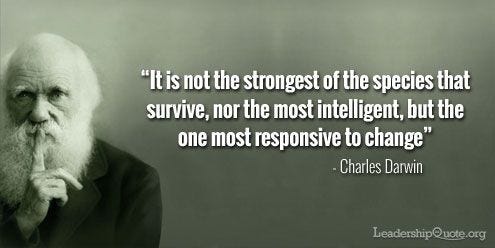Although all three readings this week were written before 2021, there still lies that lingering division among classes. Today’s, division is as direct as it is indirect. Plain in sight as neighborhood structures to “equal pay” that is not based on gender. Divisions even hide within the same communities just as much as in same states. The upper class live-in spaced-out communities where the closest house is about a block to a mile away while, the lower, working class live piled up one on top of one another. Darwin’s theory of “Survival of the fittest” is evident yet not as blunt due to modern day laws. An unmentioned blind eye still takes place as people are being kept in their repeated cycle of clocking in, wedded to the ideals that keep people in their place.

Engel’s depiction in Great Towns brings to life the urban segregation among residents, illustrating the daunting imagery of financial and spatial destress faced by the working class. He documents the despair of families residing in congested living quarters and the poor and squalor living conditions. Furthermore, the working-class people of the 1840’s lived not only with the uncertainty of employment but also were faced with historically known pandemics such Cholera, smallpox and other devastating diseases that cost a significant number of lives. Similarly, today we have witnessed hundreds of thousands of people die from the Corona Virus pandemic, that although it has calmed still runs rampant among marginalized communities. Such communities have historically been the poor (working class) who are responsible for the mass production of the city’s services, yet not fairly compensated in such a way that allows for financial flexibility or access to resources such as proper and affordable housing. We see that the communities that were hit the hardest are those doubled or quadrupled up in an apartment in a building with poor or lack of managerial attention.

David Harvey, in his work Revolutionary and Counter Revolutionary Theory in Geography and the Problem of Ghetto Formation, takes more of analytical approach within social science to evaluate urban formations. He goes on to mention methodologies in which constitute the continuity of such “ghettos” created among communities who generationally face hardship and despair. The struggle with class and power is still as present as was then with its obvious present day neighborhoods’ settings. We can see it while taking a bus ride on the M2 from Washington Heights to the Village, as the bus passes through neighborhoods, it is evident what class of people are residing. Either you see trash on the floors and corners filled with people sitting on beach chairs talking among themselves or you will find women walking their dog in a clean and freshly lawned park picking up their dogs’ poop, unfortunately, there seems not to be an equal medium.

Marxist and Metropolis, creates a startling accurate depiction of the division among the classes. Significant spatial references are made as well as financial observations which depicts the working class as operational robots, giving into the product, becoming the product. The humans mentioned in the reading are transformed into slaves, slaves of their work, walking and working in unison to achieve tasks not for themselves but for a higher “being. This “being” is metaphorically representative as those looking in, not lifting a finger, placing judgement on the “have nots.” The piece illustrates the city as having to take part in never ending physical and exhausting labor and being brain washed into a mechanized lifestyle. Today’s society seems just so, we are living day to day to achieve goals of someone else other that our own. Breaking our backs and hearts to complete daily missions that are not aligned with our well-being, adding to the existing power struggle.

This week’s reading not only added to a personal need to want to excel and get out of the city but opened my eyes further in that, as workers there is not much respect given, as community members there is a blind eye and as humans we are seen as animals or robots. Not only is it motivating it is equally depressing. The hope for all, is to break the cycle and continue to be educated and empower one another to achieve better and obtain what we are in fact destined for, achieving our own goals, and providing a better, more suitable lifestyle.

